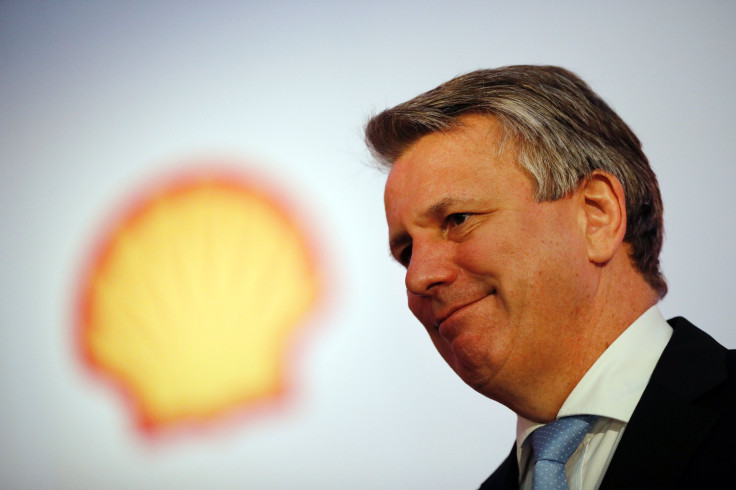Royal Dutch Shell (RDSA) Plan To Exit Up To 10 Countries Signals Deeper Anxiety About Oil Market Recovery

Royal Dutch Shell’s new plan to exit oil and gas operations in up to 10 countries signals a deepening uncertainty about how and when the crude oil market will break from its persistent slump.
The Anglo-Dutch energy giant said Tuesday it plans to sell 10 percent of its oil and gas production assets, worth about $30 billion, by around 2018. Shell, which is active in more than 70 countries, said it also hopes to focus on operations in 13 countries where it is reaping good returns, including the United States, Brazil and Australia.
“Our portfolio is probably more diverse and spread around the world, and in some parts more mature than we would like it to be,” Simon Henry, Shell’s chief financial officer, said in a Tuesday press conference cited by Reuters.
In the coming years, Shell said it will target shale oil and gas production in North America and Argentina, and develop clean energy technologies such as biofuels, hydrogen, and solar and wind power in a separate unit. Shell will also slow new investment in its integrated gas business, including in liquefied natural gas, which the company said has reached “critical mass” following its $54 billion merger with British gas giant BG Group.
Shell’s new strategy is largely an attempt to assure investors that it can manage the debt from the takeover, even as low oil prices continue to batter corporate earnings and threaten tens of thousands of jobs across the industry. Shell’s earnings plunged over 80 percent in the first quarter to $800 million, compared with $4.8 billion for the same quarter in 2015.
Shell CEO Ben van Beurden said “synergies” from the natural gas deal will result in $4.5 billion in savings by 2018, up from earlier estimates of $3.5 billion. The executive has promised investors higher returns and cash flows as the company renegotiates contracts, slashes thousands of jobs and sells assets. Shell will spend some $29 billion this year, compared with earlier projections of $33 billion.
The pivot also reflects Shell’s broader attempt to adapt the company to an era of higher oil price volatility, geopolitical changes and the growing global commitment to transition energy systems to lower-carbon fuels, Van Beurden said.
“I see important opportunities for Shell from the substantial and lasting changes underway in the energy sector,” the CEO said Tuesday in a statement.
Oil prices have plummeted in the past two years amid a surge in global crude production and weaker-than-expected demand in Europe, China and other economies. Brent crude, the international benchmark, in January dipped below $30 a barrel for the first time in more than 12 years. Prices have since rallied about 80 percent to more than $50 a barrel due to widespread outages in Canada, Nigeria and Libya.
But prices are still less than half their June 2014 peak of over $100 a barrel, meaning companies remain under pressure from shareholders to cut billions of dollars in spending and increase borrowing. In Shell’s new strategy, the company assumes oil prices will average only in the mid-$60s in 2018.
“The volatility of the oil market is no doubt another reason for Shell to be looking to change its strategy in this way, with no immediate signs of recovery,” said Christian Stadler, a professor of strategy at Warwick Business School in the United Kingdom.
Stadler, who has studied Shell closely and is writing a book featuring the firm, said he was somewhat surprised to hear Shell say it could pull out of five to 10 countries. Shell did not say which countries it might exit, although Reuters has reported that Shell plans to sell its assets in Gabon, the latest entrant into the OPEC oil cartel.
“Shell has always had a strong pride in having a broad spread across so many countries. It’s a strong move,” Stadler said. But he said Shell’s decentralized approach, which gives country operations maximum independence, has also been one of the company’s biggest inefficiencies.
“There’s a perception that diversification is difficult but that internationalization is easy. The reality is that despite globalization, there remain very big barriers between countries,” he said.
© Copyright IBTimes 2024. All rights reserved.











